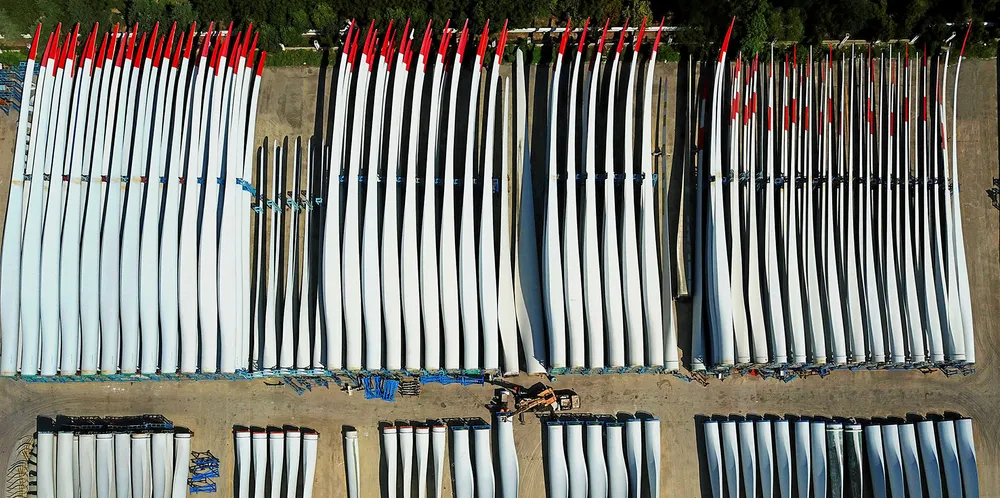World’s top ten turbine makers double R&D spending: WoodMac
Push for larger on- and offshore models to drive up technology investment to over $2.5bn by 2023

Push for larger on- and offshore models to drive up technology investment to over $2.5bn by 2023
